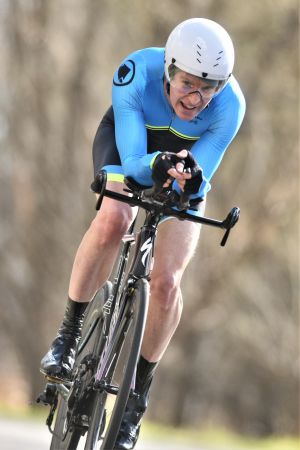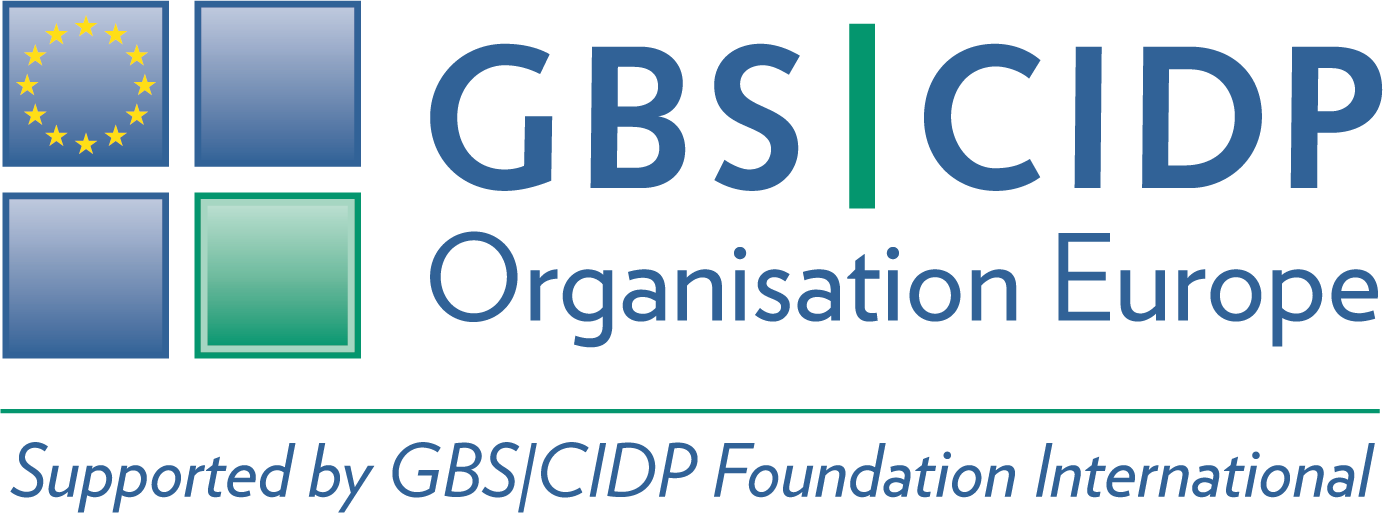Living Each Day to the Fullest

By Patrick Bohan
Over 13 years I have had nine neurologists evaluate and retake my medical history. Whenever diagnosis is elusive, having a medical history retaken by different doctors is not a bad idea. After all, a fresh set of eyes may uncover important information. [1] Over those 13 years, I have had 4 different diagnoses so my case may have been both misdiagnosed and mismanaged. My diagnosis changed from benign fasciculation syndrome (BFS) to cramp fasciculation syndrome (CFS) to Isaac syndrome to what my current neurologist is calling it multifocal motor neuropathy (MMN) coupled with CFS. BFS, CFS, and Isaac syndrome are peripheral nerve hyperexcitation (PNH) disorders because they are associated with hyperexcited muscles including twitching, cramping, and paresthesia symptoms. MMN is characterized by distal symptoms resulting from GM1 antibodies attacking the myelin sheath of nerves. In many cases of MMN, nerve conduction is blocked and deep tendon reflexes are diminished or absent. In my EMG results there is conduction block of the peroneal nerve from the nerve to the foot and there is also conduction slowing in the ulnar nerve from the elbow to the hands. My Achilles reflexes are absent. MMN can only be treated with intravenous immunoglobulin (IVIg) therapy. IVIg is very expensive and it is not a cure, but it can slow progression. I react very negatively to IVIg with side effects including eczema, bad headaches, hypertension, and increased allergy sensitivity. That said, I am grateful to have at least one treatment option.
The misdiagnosis and mismanagement of my disorder has, in effect, left me as a prisoner to my own body. Maybe it is not fair, just as it not fair to be wrongly convicted. But after considerable consideration, I would not change these events, they happened for a reason. The important facets of my story are acceptance, advocacy, adaptation, proActivity, and attitude (AAAAA). Following these steps enabled me to win state and national championships in time trialing (cycling) despite being inflicted with two neurological conditions cramp fasciculation syndrome (CFS) and multifocal motor neuropathy (MMN).
Acceptance is loving your life and not wishing to change your destiny. Acceptance does not mean giving up trying to find relief and answers, it simply suggests moving forward and not dwelling on the negative aspects of the adversity we may face. I remind myself every day I am a lucky person. I do not have amyotrophic lateral sclerosis (ALS) or multiple sclerosis (MS) and there are literally millions of people around the globe suffering from ailments far worse than what I have. We take so much for granted, but I now realize that I won the lottery when I was born in this great nation. I did not have a storybook childhood, but this country afforded me with opportunities that billions will never have. For example, I received an engineering degree, own a great home, have a wonderful wife, have great family and friends, traveled around the country and globe, seen things most people can only dream about in my climbing adventures, and always had a good paying job. My life has been great and I plan to live each day to its fullest.
Self-education or advocating for oneself when family, friends, and medical personnel are of little assistance. In particular, when the medical profession cannot provide patients with the answers needed to alleviate fears, to find acceptance, to provide treatment options, and to explain how to move forward, it is imperative to advocate for oneself through education. One important thing I learned advocating for myself is to take advantage of the immense benefits that come from a good diet and exercise. Exercising rigorously with pain is definitely possible. The key is to slowly build up exercise capacity and pain tolerance. There will be setbacks and there will be pain, so the key is to take baby steps. [2] Conversely, rest days are also vitally important because sometimes in order to go faster and get stronger you have to go slower. [3] This is particularly important for elderly persons whose muscles need extra time to recover (even those who do not have any neurological disease). Exercise and a healthy diet of meat, fruit, and vegetables garner positive epigenetic changes that enable the brain and muscles to bypass diseased tissue by creating new and alternate pathways for the brain and muscles to communicate.
Furthermore, I have found one of the best ways to advocate for oneself is to write about my disorder and to openly discuss it with others. I am open about my disorder and like to discuss it or write about it for several reasons. First, the success of people coping with chronic pain and neurological disorders is directly related to if families and friends believe that their pain is real and not just a figment of their imaginations. [4] Thus, social behavior is necessary when trying to find new friends going through similar trials and tribulations when our current friends are ignoring us. Second, I find it therapeutic to write and talk about my condition even if people are not listening or reading my work. It feels good to get my concerns and worries out of my system to alleviate stress. Of course, mitigating stress works to mitigate symptoms and pain. At a minimum, I truly believe that some people may benefit from writing a journal, especially if their disorder is being downplayed by family and friends. [5]
Adaptation or evolving is changing your life’s course to overcome adversity. Evolving is making changes to habits, lifestyles, and everyday practices. Evolving is understanding personal limitations and boundaries that result from adversity such as a neurological disorder. Take one example, I evolved to cycling when other activities were too painful or became a safety concern. Thus, I learned that cycling was safer than rock climbing and the pain was more tolerable and manageable than running. Hence, I would have never won any cycling events if I did not get inflicted with CFS and MMN. In fact, if I never found cycling it is highly probable that instead of winning races, I would be needing assistance to walk (possibly a wheelchair). After all, the peroneal nerve innervates eight muscles in the lower leg and feet including the fibularis longus, fibularis brevis, tibialis anterior, extensor digitorum longus, extensor digitorum brevis, extensor hallucis longus, extensor hallucis brevis, and fibularis tertius muscles.
A positive attitude is about making the most out of a difficult situation. A good attitude is pushing the envelope by focusing on positives instead of harping on the negatives. Attitude is what drives important personality traits such as gratitude, grit, perseverance, mental toughness, motivation, and resiliency. For instance, I am a better person wanting to help others who suffer from PNH and others who are less fortunate than myself. In particular, I correspond with several persons each week suffering from fear and anxiety brought about by PNH or neuropathy. One person who I corresponded with wrote this note to me “I just wanted to say thank you for your encouragement during probably the darkest time of my life when there seemed to be only a spark of light here and there, and you were one of those sparks.” Helping others cancels our pain with other positive emotions and it builds a positive attitude.
Important aspects of adaptions and attitude include being proactive. Proactive behavior is being practical which means focusing on the present and future and forgetting the past. Yes, it is important to learn from past mistakes, but once that is accomplished, it is time to move forward to implement what was learned. Proactivity puts us in control of our situation; whereas, harping on the past makes us powerless and leads to unwanted stress and anxiety. Being proactive is what helps us set goals and establish a life plan.
[1] Campbell, DeJong’s The Neurologic Examination, Wolters Kluwer, 27
[2] Barrett, Pain Tracking, Prometheus Books, 67
[3] Barrett, Pain Tracking, Prometheus Books
[4] Starlanyl, Fibromyalgia, Harbinger Publishing, 14
[5] Starlanyl, Fibromyalgia, Harbinger Publishing, 194 – 196
